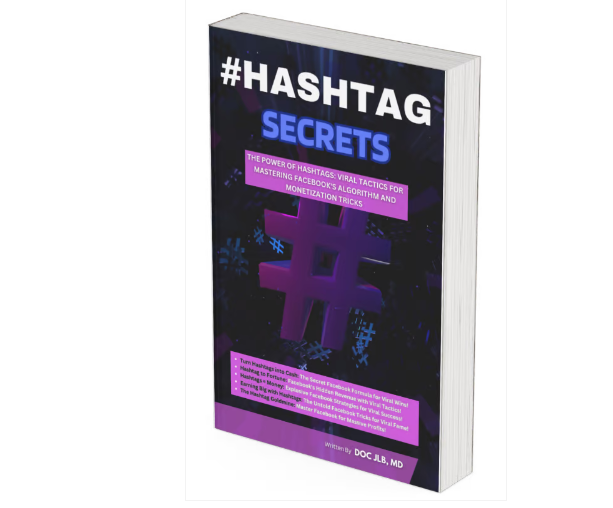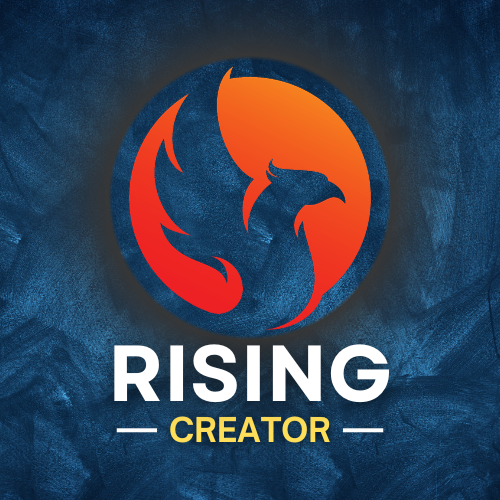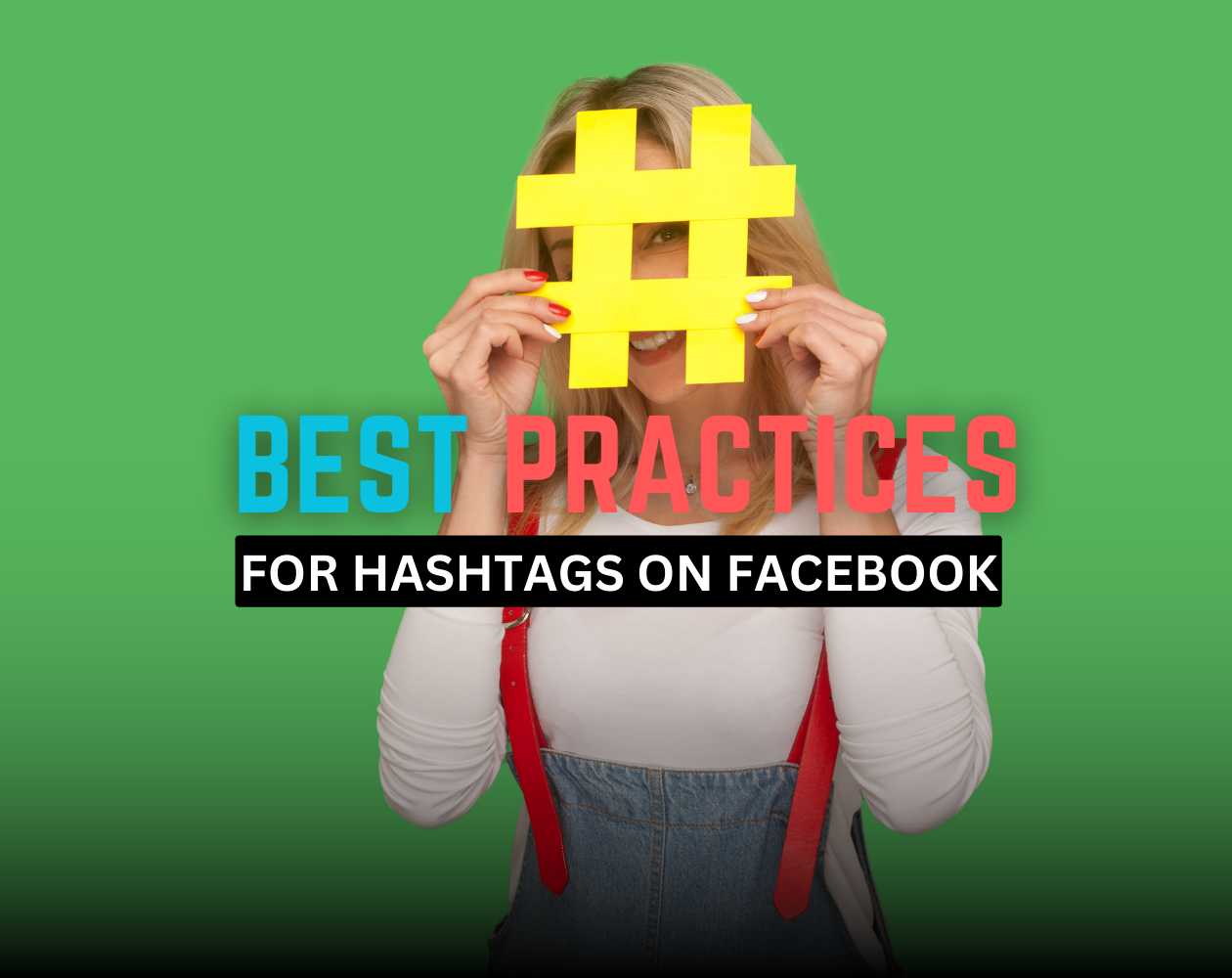Best Practices For Facebook Hashtags in 2024
Hashtags have become ubiquitous across social media, and Facebook is no exception. Strategic use of hashtags can help expand your reach and engagement on Facebook. But there's a right and wrong way to maximize their impact.
In this post, we'll explore best practices for optimizing your use of hashtags on Facebook this year.
Why Use Hashtags on Facebook?
Increased Discovery
Adding relevant hashtags makes it easy for people to find your posts around shared topics and interests. It puts your content in front of more targeted audiences.
Join Larger Conversations
Hashtags allow you to participate in broader social conversations beyond just your followers. This raises awareness of your brand in the community.
Categorize and Organize Content
The strategic use of hashtags helps you categorize different topics, conversations, and campaigns. This makes content more discoverable.
Best Practices for Optimizing Facebook Hashtags
Research Relevant Keywords and Hashtags
- Brainstorm keyword variations around your brand, products, content topics, and audience interests.
- Use tools like KeywordTool.io and RiteTag to find good hashtags to test.
Use Hashtags Strategically
- Create separate hashtag campaigns for different goals like lead gen or community building.
- Align hashtags to your content pillars for consistency.
Monitor Performance
- Analyze engagement metrics for each hashtag.
- Double down on the hashtags that resonate best with your audience.
Keep It Focused
- One or two strong hashtags are better than adding many vague, irrelevant ones.
- Avoid overwhelming your audience with too many hashtags.
Tips for Optimizing Hashtag Use
Blend Hashtags Into Sentences
- Incorporate hashtags fluidly within sentences for improved readability.
- Don't just tack them on at the end.
Be Consistent Across Platforms
- Using the same hashtags across connected social channels makes them clickable on Facebook too.
Assess Competition
- Target hashtags with enough volume for discovery but low competition.
- Tools like RiteTag can help analyze this.
Create Thoughtful Branded Hashtags
- Develop branded hashtags to aggregate user-generated content.
- But only if they add value over an existing popular hashtag.
Limit Hashtag Quantity
- Two or three well-chosen hashtags often work best.
- Avoid making posts look messy.
Summarizing Facebook Hashtag Best Practices
Here are the key tips we covered:
- Research relevant, targeted hashtags
- Use hashtags strategically to categorize topics
- Monitor analytics to optimize
- Incorporate hashtags naturally into sentences
- Maintain consistent hashtags across platforms
- Check hashtag search volume and competition
- Create branded hashtags thoughtfully
- Limit to 2-3 hashtags per post

Best Practices For Facebook Hashtags
Final Thoughts
Used intentionally, hashtags can expand your Facebook reach and engagement this year. Follow these best practices to maximize discovery and impact.
With some experimentation, you'll be primed to optimize your Facebook hashtags and skyrocket engagement in 2024!
Read This: ChatGPT free online prompts on Facebook Content Creation
Frequently Asked Questions
How many hashtags should I use per Facebook post?
2-3 hashtags are ideal. Too many make posts messy. Test to see what's optimal.
Where should I add hashtags in posts?
Add most hashtags fluidly within sentences. You can add 1-2 spare ones separately at the end.
How do hashtags help Facebook marketing?
Hashtags help people discover your content and participate in larger conversations. This builds engagement and awareness.
Should I create my own branded hashtags?
Only if it adds value versus using a popular generic hashtag. Branded hashtags can organize user content.
How do I find the best hashtags to use?
Research relevant keyword variations. Use tools to identify high-volume, low-competition hashtags to test.



Comments ()